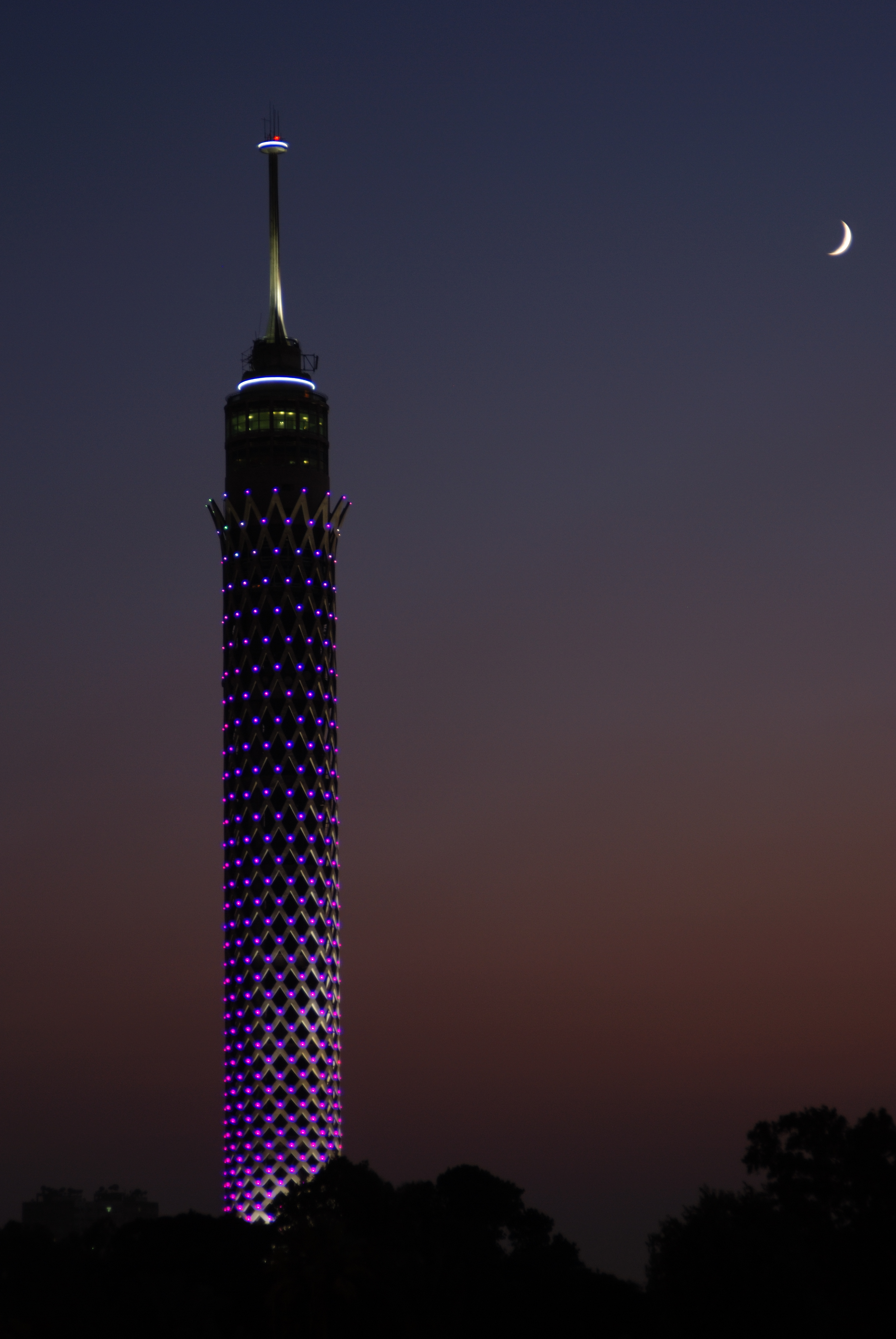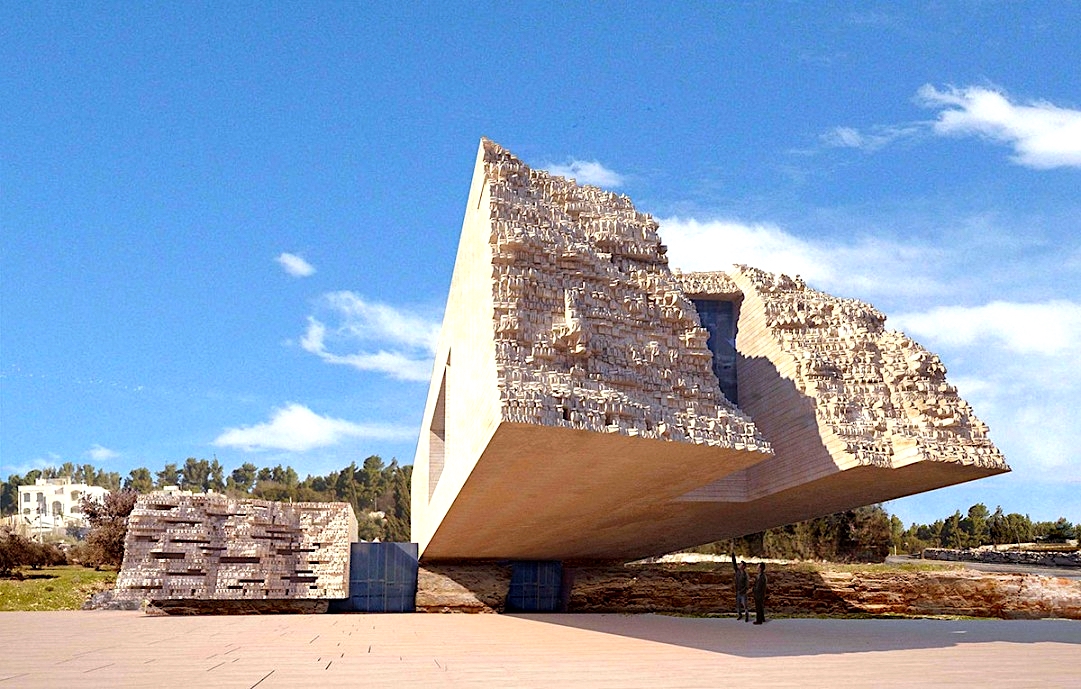Architecture plays a crucial role in shaping the identity of a city or a country. The Middle East has been home to some of the most influential architects in the world, whose iconic structures have become landmarks and symbols of innovation and creativity. These are the Middle Eastern architects that have left an indelible mark on the region’s architectural landscape.
Zaha Hadid
Zaha Hadid is an Iraqi-British architect who gained worldwide recognition for her futuristic and unconventional designs. Her architectural style features curving facades, sharp angles, and the use of strong materials like concrete and steel. Her designs challenge traditional architectural norms and create objects that appear both soft and sturdy. One of her renowned projects include the Beijing Daxing International Airport. Over the past two decades, Hadid has received numerous accolades for her work, including being the first woman to receive the Pritzker Prize in 2004, winning the Stirling Prize twice in 2010 and 2011, and receiving the Design Museum Design of the Year Award in 2014. She also became the first woman to win the RIBA Gold Medal in 2016. Unfortunately, Hadid passed away unexpectedly in 2016 at the age of 65.

Bernard Khoury
Bernard Khoury is a Lebanese architect and the son of Khalil Khoury, a notable figure in the modernist architecture movement. Khoury’s design style is experimental and ultra-modern, and he has completed projects around the world, including in Armenia’s Tumo Park to Italy’s Santa Cesarea. The Harvard graduate gained acclaim in 1998 for the music club B018, a subterranean discotheque constructed on a former refugee camp. Awarded an honorable mention at Borromini, in 2001, it was completed in 6 months on a modest budget. He is also known for architectural projects in the Middle East, such as the Ajman Resort in the UAE, plot #1282, the Suspended Gardens of Manama, and the Grand Hotel de Beirut in Lebanon. Khoury is also a co-founder of the Arab Center for Architecture, which aims to preserve and disseminate modern Arab-built heritage.

Rasem Badran
Rasem Badran is a Jordanian-Palestinian architect who is renowned for merging historically-inherited cultural values with contemporary design. His most famous work is the King Abdulaziz Historical Centre in Riyadh, and he has also designed structures such as the Grand Mosque and Justice Palace of Riyadh and the International Islamic University Malaysia in Kuala Lumpur. In 2019, he received the esteemed architectural Tamayouz Lifetime Achievement Award.

Ammar Khammash
Ammar Khammash is a Jordanian-Palestinian architect who is known for his focus on nature and the environment. He uses locally sourced and natural materials, such as stone carving and rocky details, to create buildings with a low or zero-carbon footprint in a traditional Jordanian architectural style. His notable works include the White Mosque in Nazareth, the Feynan Ecolodge, and the Wadi Al Mujib nature reserve in Jordan, and Modern Art Space in New Badr. In 2019, Khammash became the first Arab architect to win the Global Award for Sustainable Architecture.
Suad Amiry
Suad Amiry is a Palestinian architect who founded the Riwaq Centre for Architectural Conservation in 1991. The center’s mission is to revive and preserve the architectural heritage of Palestine, and their large-scale 50 Villages project aims to rehabilitate some of Palestine’s most significant historic centers. Amiry is also an author, and her book “Sharon and My Mother-in-Law” has been translated into 19 languages. She has won the Tamayouz Excellence Award’s Women in Architecture and Construction prize for Women of Outstanding Achievement.

Wael Al-Masri
Wael Al-Masri is a Jordanian architect who received his Master of Science in Architecture Studies from the Massachusetts Institute of Technology in the USA. He is known for his work on traditional and contemporary architecture in the Arab region, and he has received several local, regional, and international awards for his contributions to the development of contemporary architecture in the Arab world. His Mysk Al Badayer Retreat in Sharjah won the 2020 and 2021 World Luxury Hotel Awards for Luxury Desert Resort in the Middle East and North Africa.

Hassan Fathy
Hassan Fathy was a pioneering Egyptian architect who often used Nubian architectural design and local materials in his work. His projects, such as the town of New Gourna and the New Barris Village in central Egypt, combined sustainability with communal and modest design. His work aimed to address the needs of the local community and reflected his commitment to traditional Arab architecture.

Naoum Shebib
Naoum Shebib is an Egyptian architect and structural engineer who is considered one of the main architects of his time in Egypt. He is known for his innovation in adapting his designs to local construction techniques, using modern methods in reinforced concrete construction. His most famous work is the Cairo Tower, which remains an iconic landmark in the city’s skyline. Shebib was an innovator, and in his works, he took into consideration the most modern methods used in reinforced concrete construction.

The Middle East’s architectural landscape owes much to these visionary architects who have pushed the boundaries of design and innovation. Their legacy continues to inspire and influence the next generation of architects in the region and beyond.
WE SAID THIS: Don’t Miss…In Pictures: Zaha Hadid’s Architectural Legacy Lives On With Beijing’s Daxing International Airport



